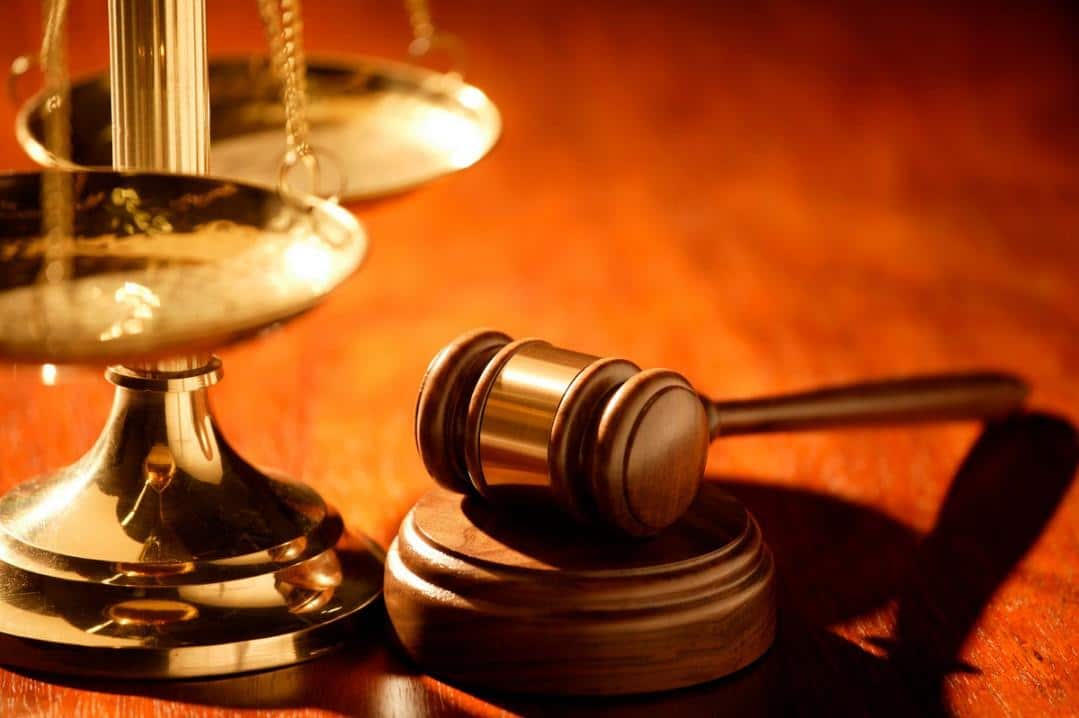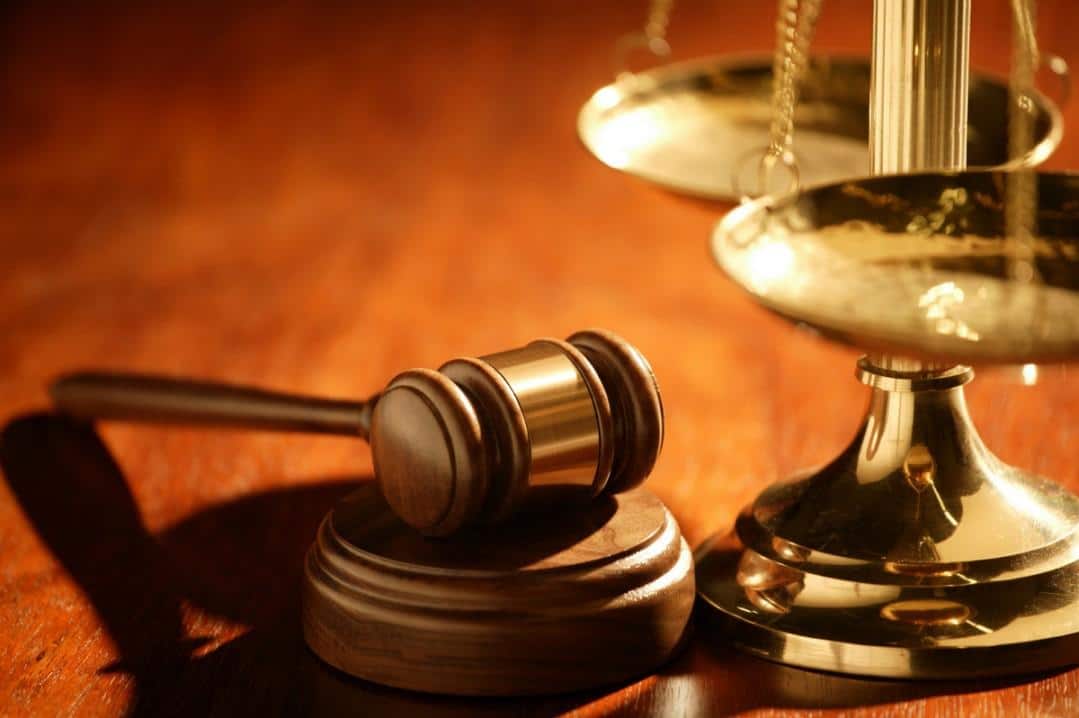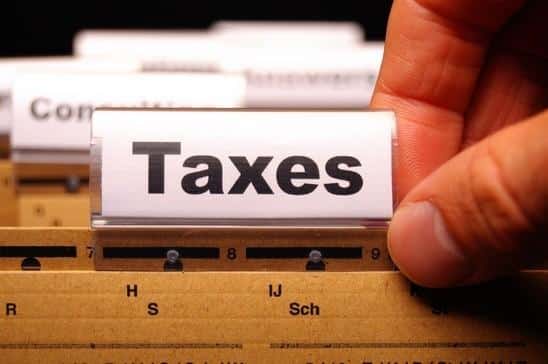
Debts for Luxury Goods Within 90 Days of Filing Bankruptcy. Under §523 of the Bankruptcy Code, the court may declare a debt non-dischargeable if the debt was incurred under “false pretenses, a false representation, or actual fraud.” The code section does not explain or define these terms.
One of the common types of transactions that fall within this category is the purchase of luxury goods within 90 days before filing your bankruptcy petition. If you incurred consumer debt to purchase $675 in “luxury” goods or services within the 90 days of filing your bankruptcy petition, the court will presume the debt is non-dischargeable unless you can prove that there was no intended misrepresentation or fraud. The creditor does not need to prove that you did not intend to pay the debt to win the case because of the automatic presumption that you knew you would be filing for bankruptcy relief within three months and would not be required to repay the debt.
Damages Related to Intentional Acts That Cause Another Person Injury or Damages. Section 523(a)(6) prohibits a debtor from discharging incur debts because of the “willful and malicious injury” to another person. We can call these acts “intentional torts,” including personal injury judgments and settlements. A common example of a debt that is typically not eligible for discharge under this section would be a personal judgment related to a drunk driving accident or a drugged driving accident. Another example would be if the debtor intentionally caused another person injury by assaulting the person physically.
Contact an Orange Park Bankruptcy Attorney for More Information About Debts You Can Discharge in Bankruptcy. Bankruptcy lawyer Tony Turner assists clients in filing bankruptcy and exploring other debt-relief options. If you want to discuss ways to eliminate your debts, Contact The Law Office of Tony Turner for a free consultation. Call (904) 679-2020 now to speak with an experienced bankruptcy lawyer in Orange Park, Florida.



